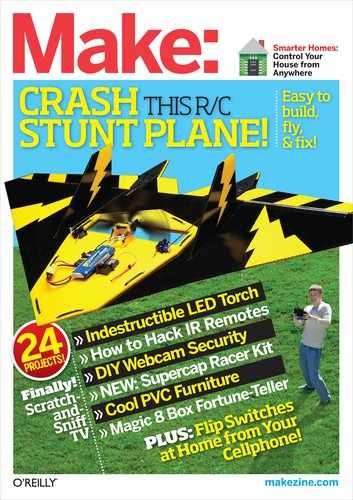Homebrew
My Own DIY Gravity Balancer

A jack is easier to carry than a 600-pound counterweight.
François Grellet
I’M GETTING OLDER, AND IT’S BECOME difficult for me to work on my steep lawn (a 30° slope). I looked for something to continuously pull me up wherever I move or stop, but I didn’t find anything to buy on the market. So I decided to make my own device, using two pneumatic jacks that tighten a rope across a series of pulleys. As a Swiss engineer once suggested to me. A jack is easier to carry than a 600-pound counterweight, isn’t it?
I started my DIY project with an air compressor reservoir, upon which I attached a frame of aluminum tubes. I then mounted two pneumatic jacks pushing two axles that bear ten pulleys each. Then I wound a Kevlar rope around the pulleys, making ten loops. I inflated the reservoir to 40psi to push the pulleys apart and create a pull of 30 pounds at the end of the rope, according to my calculations.
But when I tried my gravity balancer for the first time, I immediately felt that while the tension was OK when I moved downhill, it was a bit too low when I moved back uphill. Blasted energy losses inside the rope! My balancer needed a motor to help with moving uphill. Easy to say, difficult to do!
But everything is working all right now. When I move uphill, a homemade rope tension sensor detects the tension drop and a 24V DC motor starts to smoothly tighten the rope, till I stop it by giving the rope a tug. I can also block the rope using a pneumatic brake. Both servo and brake are HF-remote controlled. The balancer is easy to move, like a wheel-barrow. Thanks to pneumatic jaws, I fix it on the pre-existing concrete curb just with my fingertips. No air refilling or battery recharging is necessary during one day’s use.
When I’m using my DIY gravity balancer, people often stop their cars and ask how I got it. You wouldn’t ask this, now, would you, readers of MAKE? You’d know I made it myself. ![]()
Gilles Robin worked all his life in a research center in Clermont-Ferrand, France. His job was to imagine and create original devices to study physical phenomena on rotating tires.
